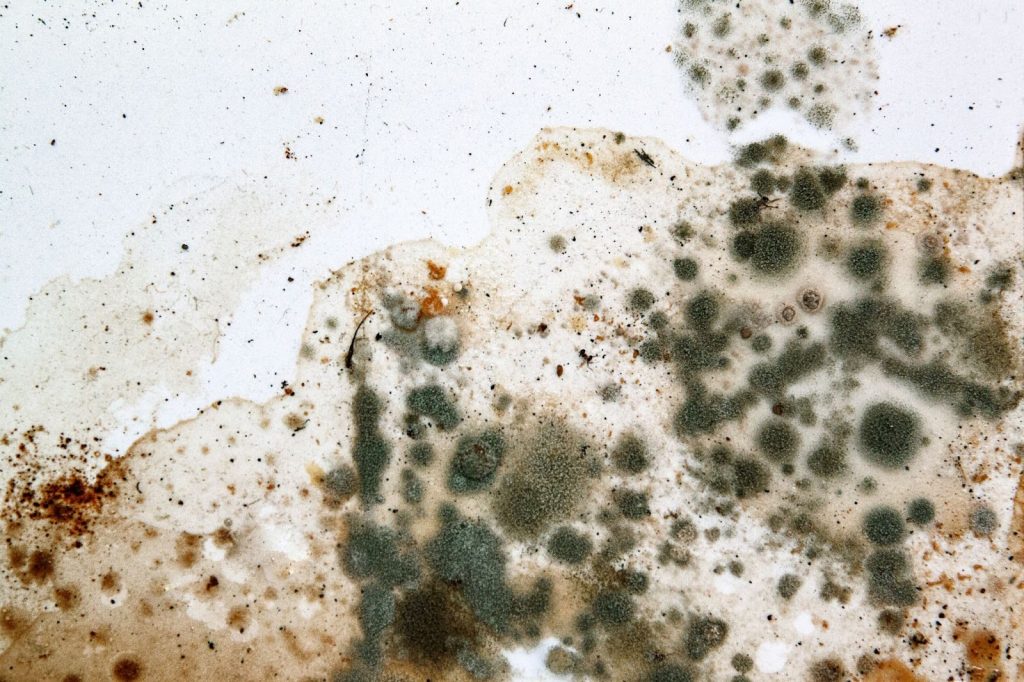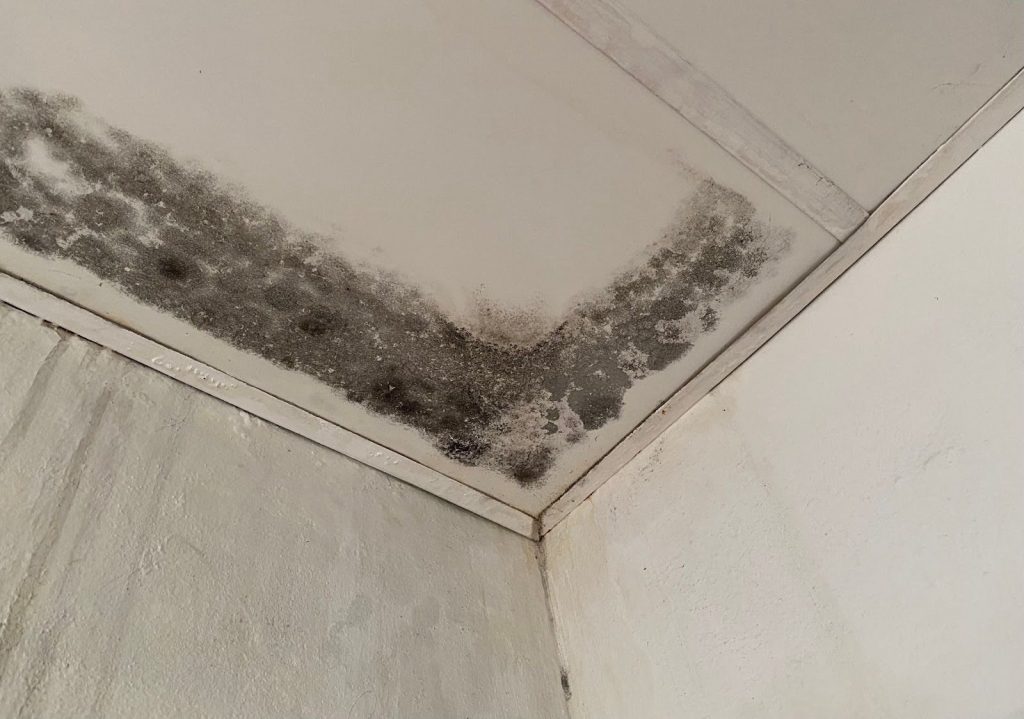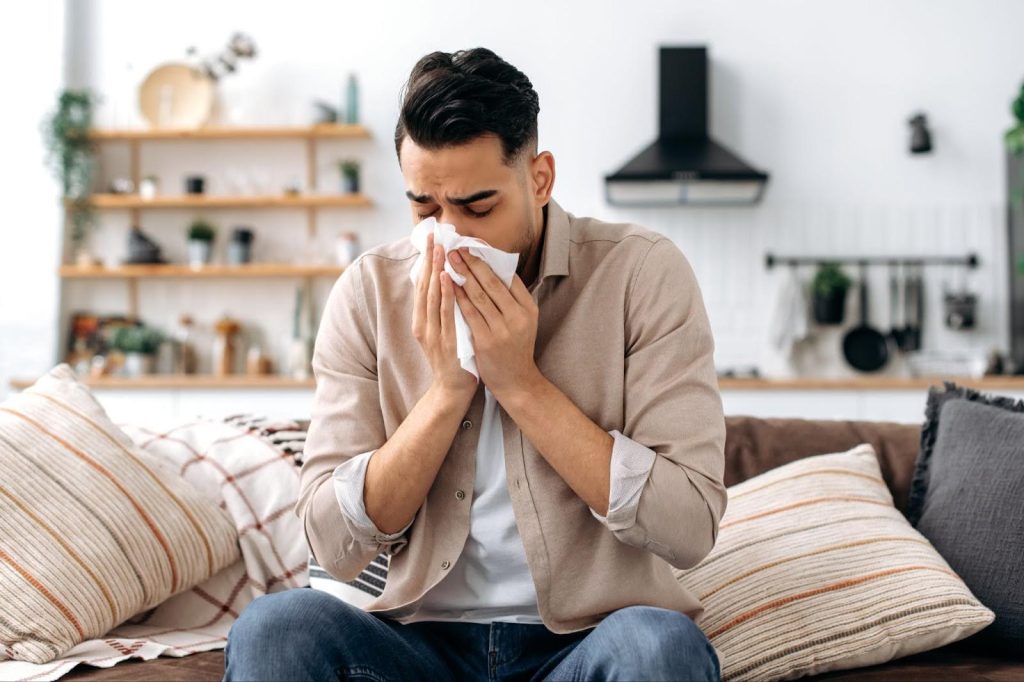Mold is an unwelcome intruder that can silently invade our living spaces, posing potential health risks and causing damage to our homes. These microscopic fungi thrive in damp, dark environments, often going unnoticed until they’ve established a significant presence.
From basements to bathrooms, kitchens to attics, mold can lurk in various nooks and crannies of our dwellings. Understanding the different types of mold found in homes is crucial for every homeowner and tenant. This knowledge not only aids in early detection but also informs proper remediation strategies. While some molds are relatively harmless, others can be toxic, making identification an essential step in maintaining a healthy living environment.
In this article, we’ll explore the diverse world of household molds, shedding light on their characteristics, preferred habitats, and the telltale signs of their presence. Armed with this information, you’ll be better equipped to protect your home and loved ones from these persistent fungi.

Common Types of Mold Found in Homes
Mold is a common problem in many households, often lurking in dark, damp corners and posing potential health risks to occupants. In the following, we’ll explore the most prevalent types of mold found in homes, their characteristics, and the health implications associated with exposure.
Aspergillus
Aspergillus is one of the most widespread mold species found in indoor environments. This versatile fungus can grow on various surfaces, including walls, ceilings, and fabrics.
Description: Aspergillus typically appears as green, gray, or black spots and can form thick layers on surfaces.
Common areas of growth: It thrives in areas with high humidity, such as bathrooms, kitchens, and basements. Aspergillus can also be found in air conditioning systems and on houseplants.
Health risks and effects: While most people can tolerate exposure to Aspergillus, it can cause respiratory issues in individuals with weakened immune systems or pre-existing lung conditions. In severe cases, it may lead to aspergillosis, a serious lung infection.
Cladosporium
Cladosporium is another frequently encountered mold in homes, known for its ability to grow in both warm and cold conditions.
Description: This mold appears as olive-green to brown or black spots and can have a velvety or powdery texture.
Common areas of growth: Cladosporium often grows on textiles, wood surfaces, and in HVAC systems. It can also be found on damp window sills and in refrigerators.
Health risks and effects: Exposure to Cladosporium can trigger allergic reactions, including sneezing, runny nose, and skin rashes. It may also exacerbate asthma symptoms in sensitive individuals.
Stachybotrys (black mold)
Stachybotrys, commonly known as “black mold“, is one of the most notorious and potentially dangerous types of household mold.
Description: As its nickname suggests, Stachybotrys appears as dark green or black patches with a slimy texture.
Common areas of growth: This mold requires consistently damp conditions and is often found on materials with high cellulose content, such as drywall, wood, and paper products. It’s commonly associated with water damage or chronic moisture issues.
Health risks and effects: Exposure to Stachybotrys can cause severe respiratory problems, chronic coughing, and headaches. In some cases, it has been linked to more serious conditions like memory loss and pulmonary hemorrhage.
Penicillium
Penicillium is a diverse genus of mold that includes some beneficial species used in food production and medicine, but it can also be problematic in homes.
Description: Penicillium often appears as blue or green patches with a fuzzy texture.
Common areas of growth: This mold is commonly found on food items but can also grow on walls, carpets, and furniture, especially in damp areas.
Health risks and effects: While some Penicillium species are harmless, others can cause allergic reactions and respiratory issues. Prolonged exposure may lead to chronic sinus infections and inflammation of the lungs.
Alternaria
Alternaria is an allergenic mold that is particularly common in outdoor environments but can also infiltrate homes.
Description: This mold typically appears as dark green or brown spots with a velvety texture.
Common areas of growth: Alternaria often enters homes through open windows or ventilation systems. It can grow on damp surfaces such as shower curtains, under sinks, and in window frames.
Health risks and effects: Altgo vernaria is a known allergen and can cause hay fever-like symptoms, including sneezing, itchy eyes, and skin irritation. It may also trigger asthma attacks in susceptible individuals.

Acremonium
Acremonium is a toxic mold that can develop in homes with persistent moisture problems.
Description: Initially appearing as a small, moist spot, Acremonium can evolve into a powdery substance that may be pink, gray, orange, or white.
Common areas of growth: This mold often grows in areas with high humidity and condensation, such as humidifiers, drain pans, and window sealants.
Health risks and effects: Exposure to Acremonium can cause severe health issues, including bone marrow and immune system problems. It may also lead to impaired brain function and organ damage in extreme cases.
Factors Contributing to Mold Growth
Understanding the conditions that promote mold growth is crucial for prevention and control:
- Moisture and humidity levels – Mold thrives in damp environments with relative humidity above 60%.
- Poor ventilation – Inadequate air circulation can create pockets of stagnant, moist air ideal for mold growth.
- Water damage and leaks – Unaddressed water intrusion from leaks or flooding provides perfect conditions for mold proliferation.
- Organic materials as mold food sources – Mold feeds on organic matter such as wood, paper, and fabric, which are abundant in most homes.
Identifying Mold in Your Home
Recognizing the signs of mold infestation is essential for prompt remediation:
- Visible signs of mold growth – Look for discoloration on walls, ceilings, or other surfaces, especially in damp areas.
- Musty odors – A persistent earthy or musty smell often indicates hidden mold growth.
- Professional mold testing and inspection methods – If you suspect mold but can’t visibly confirm its presence, consider hiring a professional for thorough testing and inspection.
Health Implications of Mold Exposure
Mold exposure can have various health effects, ranging from mild to severe:
- Common symptoms – These include allergies (sneezing, runny nose, itchy eyes), respiratory issues (coughing, wheezing), and skin irritation (rashes, hives).
- Long-term health risks – Prolonged exposure to certain molds can lead to chronic respiratory conditions, neurological problems, and in rare cases, organ damage.
- Vulnerable populations – Children, elderly individuals, and those with compromised immune systems are at higher risk for severe reactions to mold exposure.

Conclusion
Understanding the varieties of mold commonly encountered in residential settings and their potential health consequences is essential for maintaining a safe and healthy living environment. Mold can pose significant risks to both human health and the structural integrity of buildings.
By taking proactive measures to address moisture issues, such as fixing leaks and reducing humidity levels, homeowners can create less favorable conditions for mold growth. Knowing about the various types of mold found in homes will help you take the right action to deal with them.
Improving ventilation throughout the house, particularly in areas prone to dampness like bathrooms and basements, is another crucial step in mold prevention. Additionally, prompt and thorough response to any signs of mold growth is vital.
By implementing these strategies, homeowners can significantly mitigate the risk of mold-related health problems, protect their property’s value, and ensure a healthier living space for themselves and their families.


